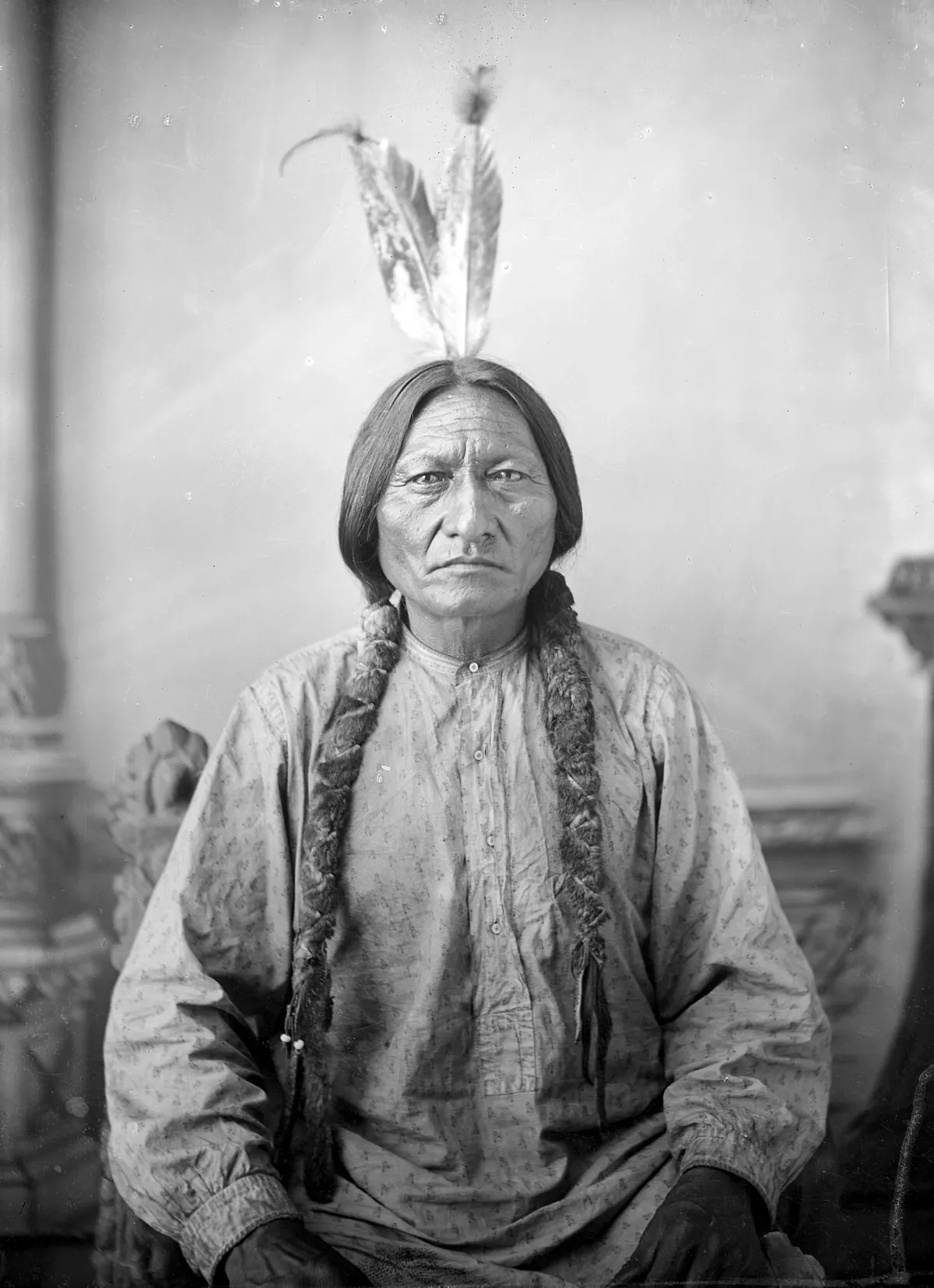 1.
1. Sitting Bull was killed by Indian agency police accompanied by US officers and supported by US troops on the Standing Rock Indian Reservation during an attempt to arrest him at a time when authorities feared that he would join the Ghost Dance movement.